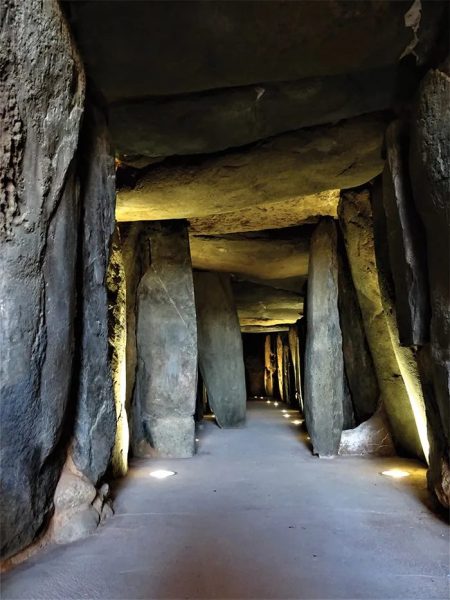
Nestled in the heart of Andalucía, the Dolmen de Soto stands as a testament to the enigmatic past of Neolithic Europe.
Amidst the serene landscape, this isolated tomb holds secrets waiting to be unearthed. Recent investigations have shed light on a previously overlooked aspect of this ancient monument – its remarkable rock art.
Join us as we delve into the mysteries of the Dolmen de Soto and uncover the insights it offers into life and death during the Neolithic era.
Unraveling the Origins:
The story of Neolithic tomb building in Europe is shrouded in mystery. While the origins of this architectural tradition remain elusive, we can trace its evolution through time.
The emergence of passage graves during the 5th and 4th millennium BC marked a significant shift in funerary practices. Scholars believe that this tomb style originated in the Iberian Peninsula before spreading northwards across Atlantic Europe.
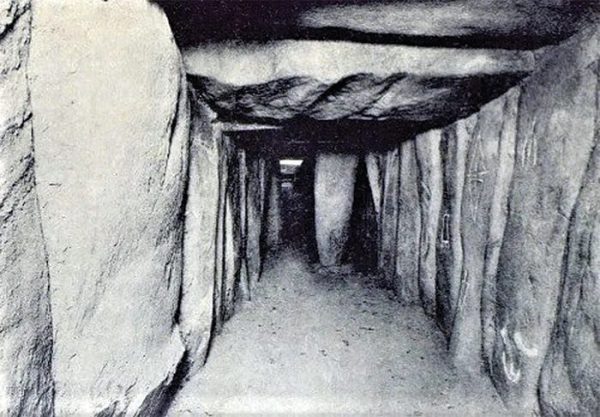
From Portugal to Scandinavia, the passage grave tradition left its mark on the landscape, reflecting the cultural exchanges that characterized the Neolithic period.
Exploring the Dolmen de Soto:
Located near the town of Trigueros, the Dolmen de Soto stands as a testament to this ancient tradition. Built during the Neolithic era, this megalithic monument consists of a low earth mound covering a megalithic corridor leading to an interior chamber.
The site’s significance extends beyond its architectural features, as recent investigations have revealed a treasure trove of rock art adorning its walls.
Deciphering the Rock Art:
The rock art within the Dolmen de Soto provides a unique glimpse into the lives of its ancient inhabitants. Depictions of animals, geometric patterns, and human figures adorn the walls of the tomb, offering clues about the beliefs and rituals of the Neolithic people.
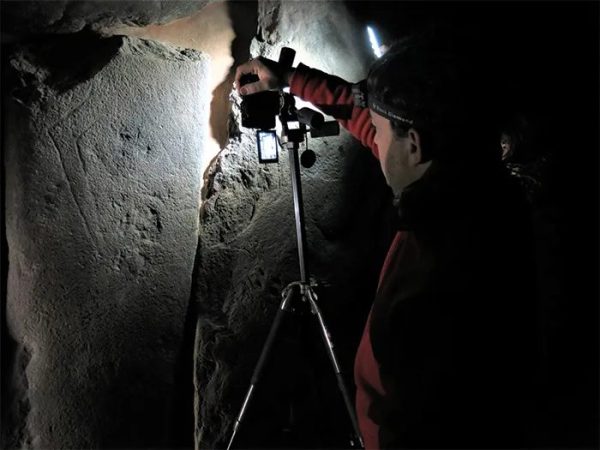
Through careful analysis, researchers have uncovered a rich tapestry of symbolism, hinting at the spiritual significance of this sacred space.
Interpreting the Symbolism:
The symbolism found within the Dolmen de Soto reflects the interconnectedness of life and death in Neolithic society. Animal motifs such as deer and boar suggest a reverence for the natural world, while geometric patterns convey a sense of order and harmony.
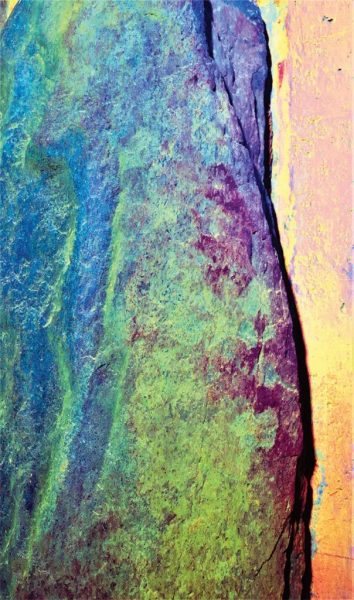
Human figures depicted in various poses offer insights into social roles and interactions within the community. These symbols served as a visual language through which ancient beliefs and traditions were communicated and preserved for future generations.
Implications for Understanding the Past:
The rock art within the Dolmen de Soto holds immense significance for our understanding of the Neolithic era.
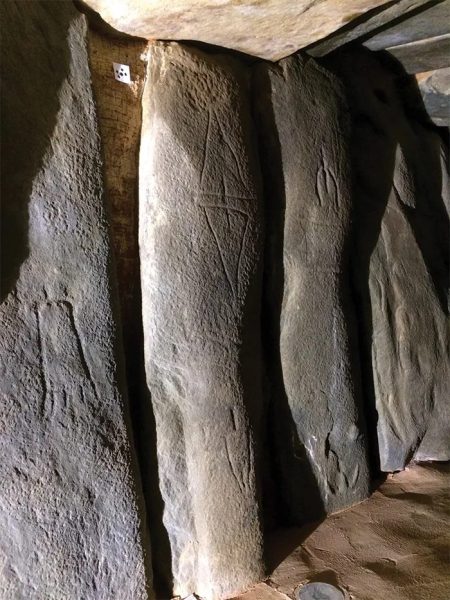
By deciphering its symbolism and interpreting its meaning, researchers can reconstruct aspects of ancient life and culture that are otherwise lost to time. From religious beliefs to social dynamics, the rock art offers a window into the worldview of the Neolithic people and their relationship with the world around them.
Conclusion:
The Dolmen de Soto stands as a testament to the enduring legacy of Neolithic Europe.
Through its megalithic architecture and intricate rock art, this ancient monument offers a glimpse into a world long gone. As researchers continue to unravel its mysteries, the Dolmen de Soto reminds us of the rich tapestry of human history and the importance of preserving our cultural heritage for future generations.






